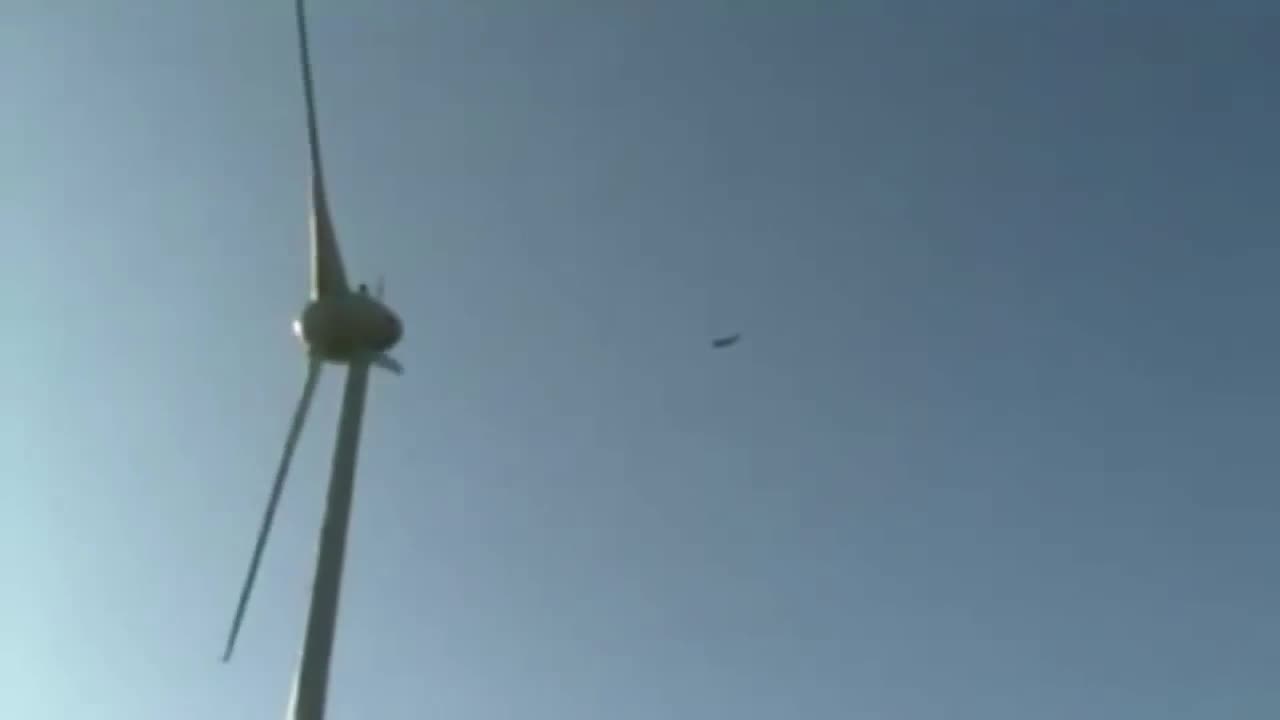Premium Only Content

Wind and solar are slaughtering India's iconic bird?
By commissioning expensive and inefficient wind and solar electric-generating facilities, India may have dug the grave of its own efforts to save its beloved and critically endangered bird, known as Great Indian bustard, which is distantly related to the crane.
Erected to avert a faux climate crisis, the so-called renewable machines and their attendant transmission lines are helping to drive one of Earth’s largest flying birds to the brink of extinction.
Avian aficionados such as myself have long bemoaned prioritizing wind and solar technologies at the expense of endangered flora and fauna. In India, this bird is special, and almost became the national bird, losing out to the more spectacular peacock. Yet, the relentless push for needless climate solutions seems to ignore this as “green energy” installations and avian fatalities increase in tandem.
Though well documented, the issue of bird fatalities worldwide is frequently downplayed and, at times, even deemed a regrettable but essential consequence of the quasi-religious war against global warming.
As a master’s student at the University of East Anglia, U.K., I did a specialized research thesis on the collision-mortality of endangered bird species in southern Portugal, which included kestrels, eagles, falcons, harriers and the European great bustard, which is a relative of the Indian bird. Numerous other species were affected as well.
Listed as Critically Endangered on the Red List of Threatened Species by the International Union for Conservation of Nature and Natural Resources, the great Indian bustard stands more than 3 feet high and weighs more than 30 pounds.
The bird is endemic to the Thar desert region of western India. It has now become conclusive that wind and solar transmission lines in this region are driving their numbers very close to extinction in the wild.
In 2008, a survey estimated that there were only around 250 Great Indian bustards in existence, limited to the states of Rajasthan and Gujarat. Fast forward to 2018, the count had dropped to 150, with 25 of these magnificent birds housed in the government's captive breeding centers. The main culprits: wind and solar.
Prerna Singh Bindra, a wildlife conservationist and former member of the National Board for Wildlife, says,
“In recent years, the death blow to the Great Indian bustard has come from unexpected quarters — the expanse of wind farms and power transmission lines that crisscross its last remaining habitats … The question that needs to be asked is, how green is renewable energy when it leads to the extinction of a critically endangered species?”
https://www.americanthinker.com/blog/2024/02/wind_and_solar_are_slaughtering_indias_iconic_bird.html
-
 6:01
6:01
JUST A HOMELESS MAN
9 months agoTrump in 1999: Oprah would be my VP choice
161 -
 LIVE
LIVE
Wendy Bell Radio
4 hours agoNo List? No Way.
5,809 watching -
 LIVE
LIVE
LFA TV
12 hours agoLFA TV ALL DAY STREAM - WEDNESDAY 7/9/25
6,791 watching -
 16:08
16:08
Producer Michael
18 hours agoAMG ONE, ASTON MARTIN VALKYRIE AND BRABUS CRAWLER?!
10.4K3 -
 9:53
9:53
BlackBeltBarrister
23 hours ago $1.72 earnedAre we LOSING the Right to Trial By Jury?
10.9K21 -
![BREAKING: DOJ Launches Criminal Investigations Into John Brennan & James Comey [EP4625-8AM]](https://1a-1791.com/video/fww1/8f/s8/1/e/k/z/0/ekz0y.0kob-small-BREAKING-DOJ-Launches-Crimi.jpg) LIVE
LIVE
The Pete Santilli Show
16 hours agoBREAKING: DOJ Launches Criminal Investigations Into John Brennan & James Comey [EP4625-8AM]
1,595 watching -
 4:58
4:58
Blackstone Griddles
14 hours agoAsian Steak Bites with Bruce Mitchell | Blackstone Griddles
14.7K4 -
 15:02
15:02
Ohio State Football and Recruiting at Buckeye Huddle
18 hours agoOhio State Football: What are the Buckeyes' Most DANGEROUS Road Games in 2025?
14.2K3 -
 LIVE
LIVE
PudgeTV
11 hours ago🟢 The Three Musketeers Set Sail | Sea of Thieves w ZWOGs - SBL - Pudge
179 watching -
 1:57
1:57
WildCreatures
1 day ago $3.17 earnedCurious wild deer comes to share a snack with man in forest
23.9K9